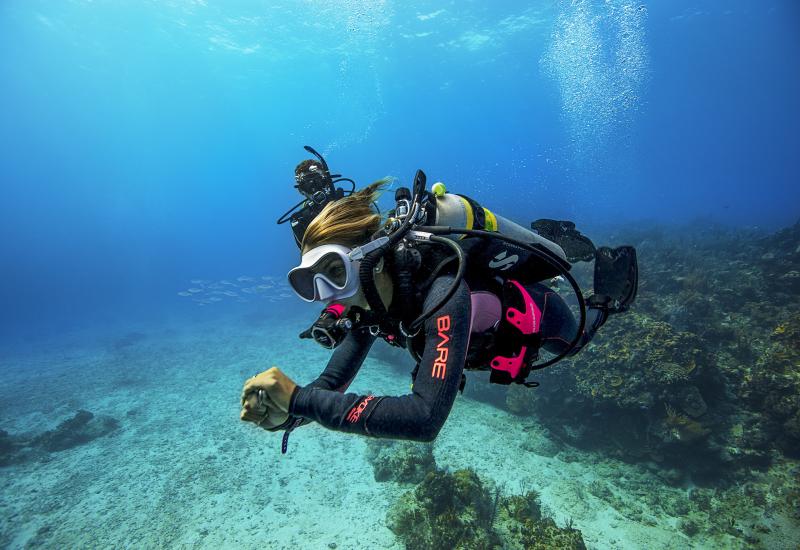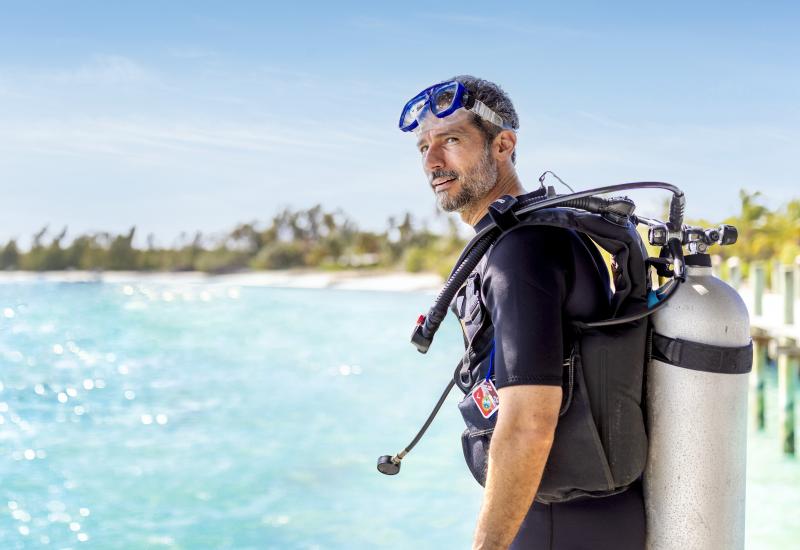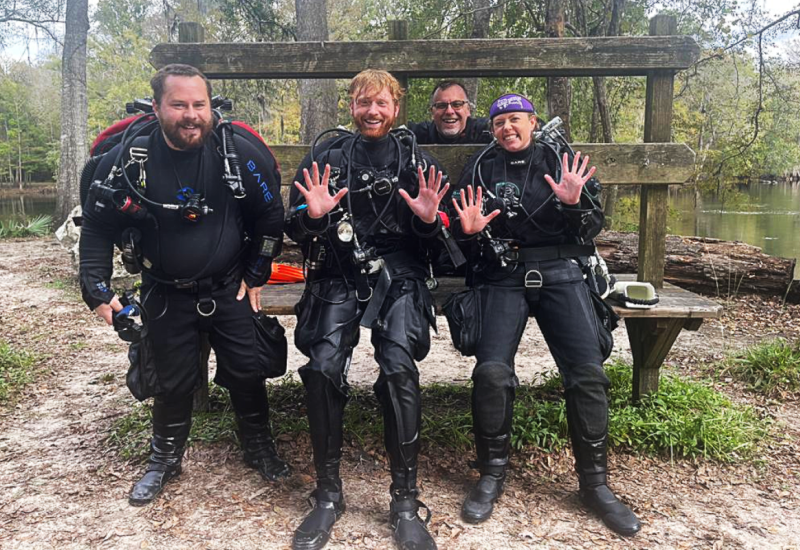What It's Like to Ride the Tide

Saltstraumen
The Saltstraumen is located north of the Arctic Circle in northern Norway.
Stein Johnsen
Just to see the Saltstraumen — the world’s fastest-moving tidal current, which reaches speeds of up to 26 knots — is to deeply respect the ocean. And to dive it, I think to myself as I pull on my hood, might just be the craziest thing I’ve done. But I haven’t come to the best cold-water dive site in the world just to ogle the whirlpools boiling at the surface. Near the town of Bodø, just north of the Arctic Circle in northern Norway, the Saltstraumen is a strait where water that drops to depths of nearly 2,000 feet just a mile into the fjord suddenly wells up to a mere 85 feet before flowing into the open ocean. I want to feel something of the force of all that moving water (the Saltstraumen can be dived only during a brief window either side of slack tide) and to witness the abundance of life fed by the nutrient- and oxygen-rich waters.
Fredric Ihrsen from Saltstraumen Dykke Camp is my guide at a site called Tunnelen (Tunnel). On this late-summer evening, the sun is still high in the sky, the moon is waning, and the current is kicking as we consult the tide charts, timing our shore entry for about 20 minutes before incoming switches to outgoing. We wade in from a rocky cove and quickly descend. I stick close to Ihrsen as we fin alongside a wall carpeted with brightyellow soft corals (called dead man’s fingers) and pinkish anemones. As we round a corner at a depth of about 60 feet, we feel the current whooshing us along, so we move closer to the wall in search of shelter.
Tall stalks of kelp just a few feet from us are bending like palm trees in a hurricane, but we’re in the lee of the storm. We descend through a cloud of coalfish (sei in Norwegian) to 90 feet, where Ihrsen shines his torch on an enormous cod. Normally a deeper dweller, the fish is a shallow surprise here thanks to the current. Wolf eels loll slack-jawed under blades of kelp like something from beyond the grave.
Finally we reach the tunnel, a hole created by the forces of the Ice Age, when large rocks got stuck and essentially bored through the rocky ledge. I descend feet first and exit at the bottom, the orange, pink and white anemones inside creating a surprisingly soft scene in these harsh surrounds. It’s time to turn back, and we hope the tide will move us along, but we’ve swum faster than we had planned. The wall of water is still coming in, pushing against us. I feel the cold seeping into my wetsuit, and we decide to call the dive. We pull ourselves onto the shore and walk along the rocky beach back to the barn which, even at 8 p.m., is still glowing bright red in Norway’s endless summer sun.

Stein JohnsenThe Saltstraumen is located north of the Arctic Circle in northern Norway.
Just to see the Saltstraumen — the world’s fastest-moving tidal current, which reaches speeds of up to 26 knots — is to deeply respect the ocean. And to dive it, I think to myself as I pull on my hood, might just be the craziest thing I’ve done. But I haven’t come to the best cold-water dive site in the world just to ogle the whirlpools boiling at the surface. Near the town of Bodø, just north of the Arctic Circle in northern Norway, the Saltstraumen is a strait where water that drops to depths of nearly 2,000 feet just a mile into the fjord suddenly wells up to a mere 85 feet before flowing into the open ocean. I want to feel something of the force of all that moving water (the Saltstraumen can be dived only during a brief window either side of slack tide) and to witness the abundance of life fed by the nutrient- and oxygen-rich waters.
Fredric Ihrsen from Saltstraumen Dykke Camp is my guide at a site called Tunnelen (Tunnel). On this late-summer evening, the sun is still high in the sky, the moon is waning, and the current is kicking as we consult the tide charts, timing our shore entry for about 20 minutes before incoming switches to outgoing. We wade in from a rocky cove and quickly descend. I stick close to Ihrsen as we fin alongside a wall carpeted with brightyellow soft corals (called dead man’s fingers) and pinkish anemones. As we round a corner at a depth of about 60 feet, we feel the current whooshing us along, so we move closer to the wall in search of shelter.
Tall stalks of kelp just a few feet from us are bending like palm trees in a hurricane, but we’re in the lee of the storm. We descend through a cloud of coalfish (sei in Norwegian) to 90 feet, where Ihrsen shines his torch on an enormous cod. Normally a deeper dweller, the fish is a shallow surprise here thanks to the current. Wolf eels loll slack-jawed under blades of kelp like something from beyond the grave.
Finally we reach the tunnel, a hole created by the forces of the Ice Age, when large rocks got stuck and essentially bored through the rocky ledge. I descend feet first and exit at the bottom, the orange, pink and white anemones inside creating a surprisingly soft scene in these harsh surrounds. It’s time to turn back, and we hope the tide will move us along, but we’ve swum faster than we had planned. The wall of water is still coming in, pushing against us. I feel the cold seeping into my wetsuit, and we decide to call the dive. We pull ourselves onto the shore and walk along the rocky beach back to the barn which, even at 8 p.m., is still glowing bright red in Norway’s endless summer sun.










